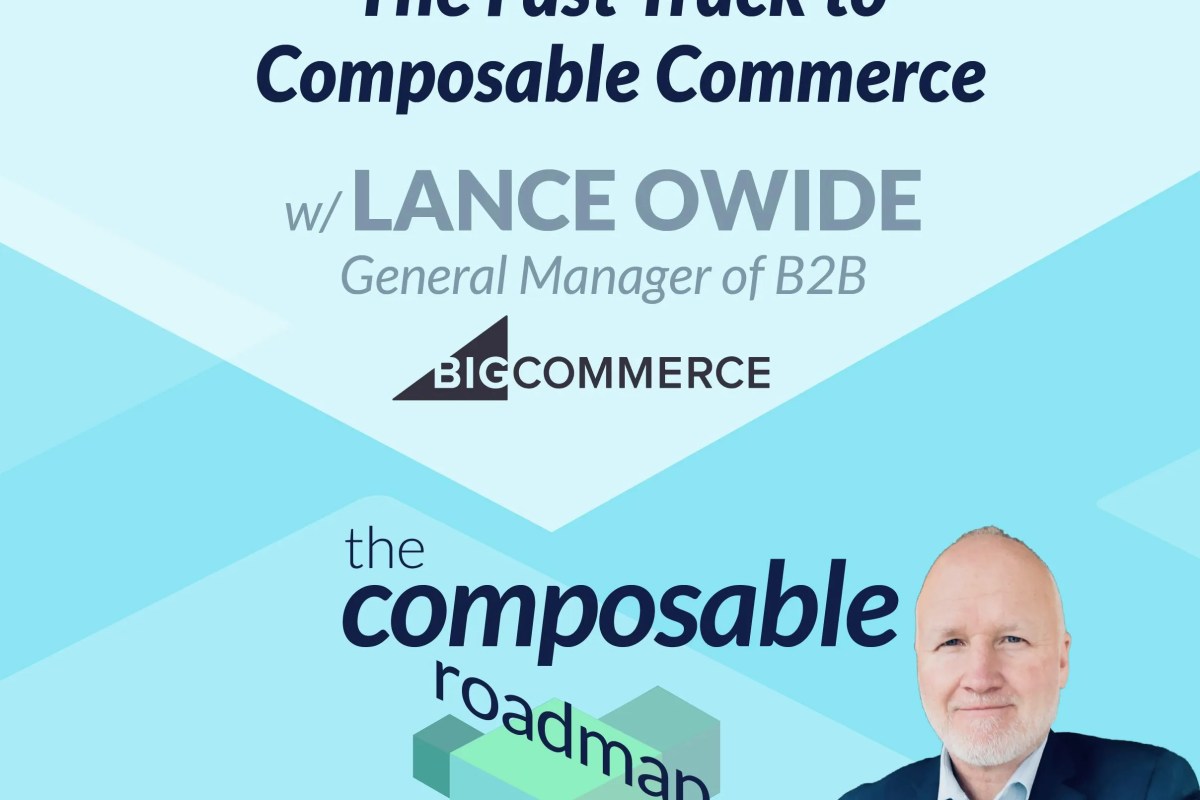#5: Modernizing B2B: The Fast Track to Composable Commerce
In this insightful podcast episode, host Chad Solomonson engages with Lance Owide, the General Manager of B2B at BigCommerce, to…
#4: Personalization Powered by AI: Transforming Financial Services with Jonathan Corley, Sitecore
In this episode, host Chad Solomonson welcomes Jonathan Corley, the leader of the experience strategy practice at Sitecore, to discuss…
#3: Mastering Composability: The Four Essential Pillars for Digital Transformation w/ Varun Nehra, Netlify
Host Chad Solomonson and Netlify’s Head of Value Engineering, Varun Nehra, discuss composability’s four pillars for digital transformation and maximizing…
#2: Winning As A Team With Composable Content with Barry D’Arcy, Storyblok
Barry D’Arcy from Storyblock shares insights on the company’s growth and the benefits of headless CMS. He explains that headless…
#1: Introducing the Composable Roadmap with Greg Kihlström, The Agile Brand
Host Chad Solomonson welcomes guest Greg Kihlström of The Agile Brand to the show.





